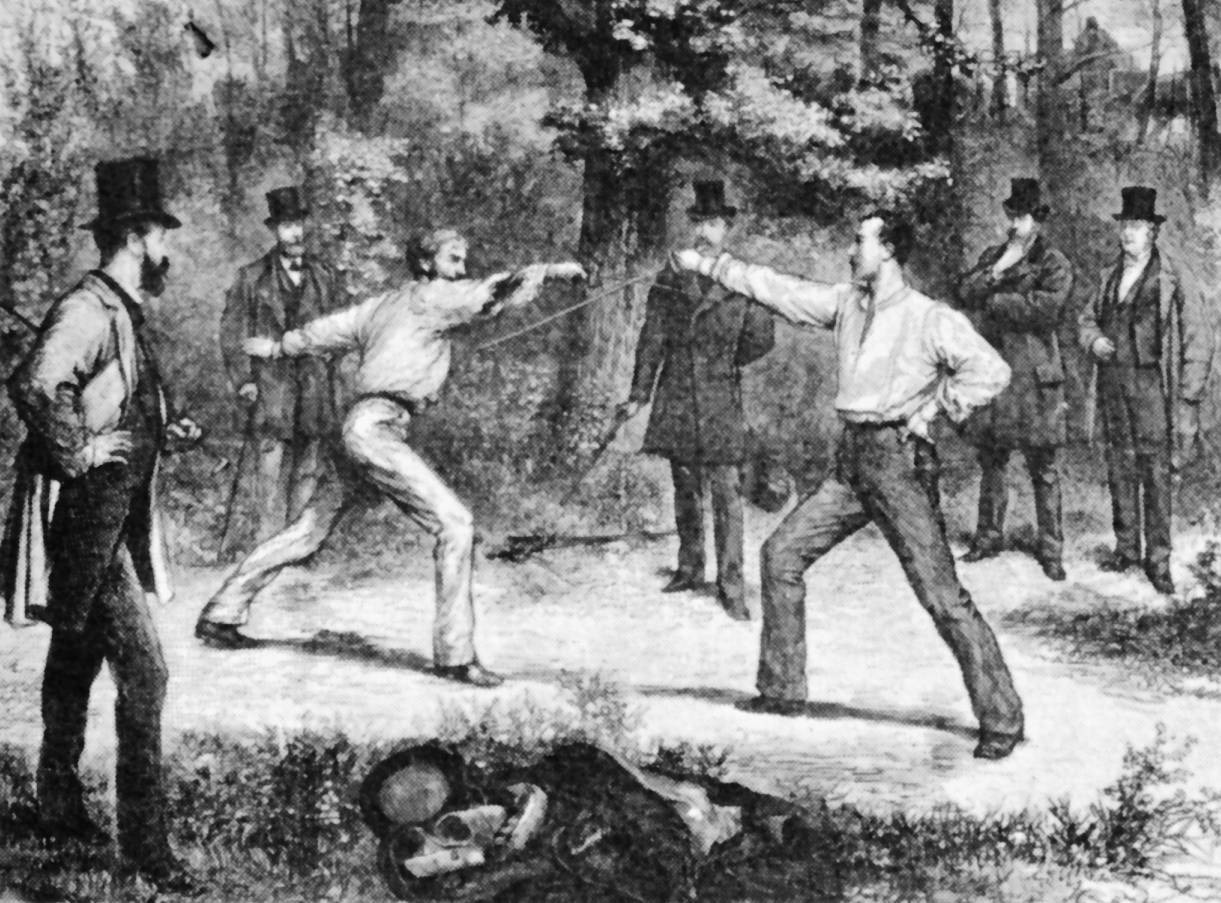

The original version of this story misstated the year when James Glaisher stopped making balloon ascents. It was a gas balloon, not a hot air balloon. The original version of this story misstated the type of balloon in which James Glaisher and Amelia Wren completed their flight. We need to be active in our pursuit to redress that.” And science, like the film industry, has long been subject to gender bias. “I think we need more strong, brilliant, interesting female characters. The fact that The Aeronauts is loosely based on reality, and draws on a number of different aeronautical expeditions, allowed Harper to create a character like Wren. The similarities between Wren and Blanchard are clear: both used fireworks to make dazzling displays, and both parachuted dogs from their balloons.

“She was the strongest source of information for the character,” Harper says. Blanchard was also a widow-her husband, French balloonist Jean-Pierre-Francois Blanchard, died from injuries he sustained when he fell from his balloon after suffering a heart attack in 1809. Wren’s character was also inspired by Margaret Graham, the first British woman to make a solo balloon flight, and aeronaut Sophie Blanchard. “But it turns out it wasn’t a wren, it was a nuthatch, so it’s not particularly relevant,” he says, laughing. Harper says he thought there was a wren on his grandfather’s family crest. And the surname Wren is a nod to Harper’s grandfather, who would always run outside their family home to check the weather and cloud formations. The name Amelia is partly a tribute to Amelia Earhart, the legendary pioneering aviator. We are so drawn to our phones, to the 24-hour news cycle, but it’s important to look up and to look around.” What was the inspiration for Amelia Wren’s character?Īmelia Wren is a fictional character inspired by women who did exist in the aeronautical world, Harper tells TIME. “That’s what I really hope people take away from the film,” says Harper. On the balloon Glaisher and Wren travel in, Wren has the following words transcribed: “Surely the sky lies open, let us go that way.” And in the final scene, as the balloon crosses a pink-lit sky, Wren speaks the last words: “Look up, the sky lies open.” “We wanted to create an essence of that sense of adventure and wonder and explanation, rather than one particular. The Aeronauts is an “amalgam of many different sites and many different voyages,” according to Harper. Glaisher wrote about the record-breaking expedition in his 1871 book, Travels in the Air: “We entered a cloud… Momentarily the clouds became lighter, and on emerging from them… a flood of strong sunlight burst upon us with a beautiful blue sky without a cloud, and beneath us lay a magnificent sea of clouds.” 5, 1862, the two men, equipped with pigeons (as in the film), a compass and thermometers, took to the skies and broke the world record for the highest any human had been in a balloon. Glaisher did in fact exist, and he did break the record for traveling higher than any person, but he did so with fellow scientist Henry Tracy Coxwell rather than the fictional character of Amelia Wren. The Aeronauts follows the balloon expedition of Glaisher, whose life goal is to travel into the sky to predict the weather, and Wren, a character Harper describes as a “distinctive firecracker of a woman.” In the movie, the pair breaks the world record for altitude after reaching a height of 36,000 feet. Did James Glaisher and Amelia Wren really go on an expedition? The kinds of scientific measurements he performed using thermometers, barometers and hygrometers are now made in unmanned meteorological balloons. Science has, of course, advanced significantly since Glaisher’s time. Among his discoveries were the fact that wind changes speed at different altitudes, and the way raindrops form and gather moisture. In real life, Glaisher was indeed an influential scientist-he made 28 ascents between 18, recording observations that were crucial to our understanding of weather. He eventually convinces Amelia Wren (Jones) to pilot the balloon he needs to take him on his expedition.

His peers respond emphatically: “We are scientists, not fortune tellers.” But Glaisher doesn’t give in. In The Aeronauts, meteorologist James Glaisher (Redmayne) presents his theories of how a gas balloon expedition could be key to predicting the weather-a science still in its infancy in the 1860s-and asks for funding for the expedition.


 0 kommentar(er)
0 kommentar(er)
